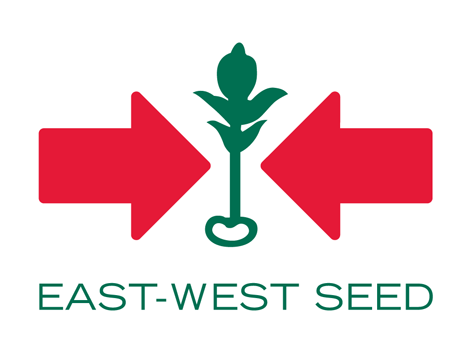| Species: | |
 |
Helicoverpa armigera (Hubner, 1809) |
| Common name: | |
 |
cotton bollworm |
 |
corn earworm |
 |
Old World (African) bollworm |
 |
tobacco budworm |
 |
gram pod borer |
| Damaging stage: | |
 |
Larvae |
| Crops Affected: | |
 |
Cucurbits, solanaceous, legumes, cotton, tobacco, onion |
| Characteristic Damage: | |
 |
Attacks flowers, fruits and leaves. |
 |
Feeding causes holes in the affected areas. Larvae creates holes as they bore into the fruits, they consume the flesh leaving the fruit hollow. |
 |
Frass are usually found alongside the feeding hole or within the fruit cavity. |
| Management and Control: | |
 |
Monitor the area regularly. |
 |
Hand pick the larvae to reduce the population. |
 |
Remove weeds and volunteer plants that may serve as alternate hosts. |
 |
Cultivate the soil by plowing and harrowing and use plastic mulch to minimize pupation in the soil. |
 |
Use of natural enemies like Trichogramma spp.. |
 |
Plant trap crops like sunflower, taro or castor plants around the area. |
 |
Use of pathogens like the nuclear polyhedrosis virus and entomopathogenic fungi Aspergillus flavus, Beauveria bassiana and Metarhizium anisopliae to reduce cutworm population. |
 |
Apply botanical insecticide like neem extract. |
 |
Apply lamda-cyhalothrin, tebufenozide and fipronil when necessary. |
| References: | |
| https://en.wikipedia.org/wiki/Helicoverpa_armigera | |
| http://www.cabi.org/isc/datasheet/26757 | |
| http://wiki.bugwood.org/Spodoptera_litura | |
To view other diseases, click here.
Need more help? Ask the Doctor.




